
If you want your flight to go well with your travel mobility scooter, you should pick a lightweight one. Many travelers have problems. Half of them say their device was not handled right. You need a scooter that airlines allow and that follows FAA rules. Look at these scooters that are approved:
Scooter Name |
Approved Airlines |
Compliance with FAA Regulations |
|---|---|---|
HandyScoot |
United Airlines, Delta Airlines, British Airways |
Yes |
SmartScoot |
United Airlines, Delta Airlines, British Airways, American Airlines |
Yes |
Why Choose Lightweight Travel Scooters
Benefits for Air Travel
You want your trip to be smooth and stress-free. Lightweight travel scooters make that possible. These scooters are much easier to bring on a plane than heavier models. You can fold or disassemble them quickly, so you do not have to worry about fitting them into tight spaces. Airlines often prefer these scooters because they are compact and easy to handle.
You can take your scooter almost anywhere, including airports, cruises, malls, and parks.
These scooters fit in car trunks and work well for home storage.
You can move through crowded places without help from others.
Lightweight travel scooters use high-quality materials. This makes them much lighter than standard models. Their design helps you get through airport security and boarding with less hassle. You will spend less time waiting and more time enjoying your journey.
Portability and Easy Handling
Traveling can be tough if your scooter is heavy or bulky. Lightweight travel scooters solve this problem. You can lift and carry them with less effort. Their compact size means you can store them in small spaces, like a car trunk or a hotel room.
You can travel independently and do not need much help.
These scooters work well both indoors and outdoors.
You can use public transit or taxis without trouble.
A travel mobility scooter that is lightweight gives you freedom. You can explore new places and keep up with your plans. You do not have to worry about your scooter slowing you down.
Key Features of a Travel Mobility Scooter

Weight, Size, and Heaviest Piece
When you look for a travel mobility scooter, weight and size matter a lot. You want something you can lift and store without trouble. Most lightweight scooters break down into smaller parts. The heaviest piece usually weighs between 44 and 57 pounds. Take a look at this table to see what you might expect:
Heaviest Piece Weight |
|---|
50 lbs |
57 lbs |
44 lbs |
Some electric mobility scooters weigh as little as 29.5 pounds, while others can be around 65.5 pounds plus a 6-pound battery. The size of each part makes it easier for you to handle, especially when you need to put it in a car trunk or check it at the airport. Always check the size and weight of the heaviest piece before you buy.
Battery Range and Type
You want your scooter to last through your travel day. Most folding mobility scooter models use lithium-ion batteries. These batteries are lighter and charge faster than older types. You can usually travel between 10 and 15 miles on a single charge, which is enough for most airport trips and sightseeing. Make sure the battery is airline-approved. Some airlines have strict rules about battery size and type, so always double-check before you fly.
Tip: Carry a spare battery if your model allows it. This way, you never have to worry about running out of power during your journey.
Folding and Disassembly Options
A folding mobility scooter makes travel much easier. You can fold some scooters in seconds, while others let you take them apart into smaller pieces. Here’s a quick look at the main parts you might find:
Component |
Description |
|---|---|
Tiller and footplate |
The front section that includes the steering mechanism and footrest. |
Motor and rear wheels |
The section containing the motor and the rear wheels for mobility. |
Battery pack |
The power source for the scooter, usually removable for charging. |
Seat |
The part where you sit, often adjustable for comfort. |
Basket |
An optional storage area for personal items while traveling. |
You can choose a folding mobility scooter that fits your needs. Some people like a one-step folding design. Others prefer a scooter that comes apart into several pieces. Both options help you store your scooter in small spaces and make it easier to get through airport security.
Durability and Terrain Compatibility
You want your scooter to handle different surfaces at the airport. Lightweight travel mobility scooters are built for busy places like terminals and ramps. Many models have larger wheels and better suspension. This helps you move smoothly over uneven ground, like docking zones or curb cuts. You can trust your scooter to get you where you need to go, even if the floor is not perfect.
Adjustable Comfort Features
Comfort is important when you travel. Many electric mobility scooters come with adjustable seats and armrests. You can change the height or angle to fit your body. Some models have padded seats and extra support for your back. You can ride for hours without feeling tired or sore. Look for a scooter that lets you adjust the tiller, which is the steering part, so you can reach it easily.
Weight Capacity
You need a scooter that supports your weight and any bags you carry. Most lightweight travel mobility scooters for air travel can hold up to 275 pounds. This covers most travelers and gives you peace of mind.
Weight Capacity: 275 pounds
Always check the weight limit before you buy. If you need more support, look for a model with a higher capacity.
Note: Picking the right size and weight capacity helps you stay safe and comfortable during your trip.
Airline Approved Scooters & Policies
FAA Regulations and Approval
You want your scooter to be airline approved before you book your flight. Airlines follow strict rules set by the FAA. These rules help keep everyone safe on board. If you pick an airline approved scooter, you avoid problems at the airport.
Here’s what you need to know about FAA regulations for airline approved scooters:
The battery must stay attached to your scooter.
The design should protect the battery from bumps and shifting luggage.
The battery terminals need protection from short circuits.
If your scooter does not protect the battery, you must remove it and carry it in your hand luggage.
You can bring one spare battery up to 300 Wh or two spares up to 160 Wh each.
Most airline approved scooters meet these rules. You should always check with your airline before you travel. Some airlines have extra requirements for airline approved scooters. If you are not sure, ask your airline for a list of airline approved models.
Battery and Weight Restrictions
Airlines want to make sure your scooter is safe and easy to handle. They set limits for battery size, weight, and overall dimensions. You need to check these limits before you fly.
Airline Approved Scooter |
Max Battery Size (Wh) |
Max Weight (lbs) |
Folded Size (inches) |
|---|---|---|---|
HandyScoot |
300 |
42 |
36 x 17 x 8 |
SmartScoot |
288 |
39 |
42 x 22 x 17 |
Most airline approved scooters use lithium-ion batteries. These batteries are lightweight and meet airline standards. If your scooter is not airline approved, you may have to leave it behind. Always check the battery label for the watt-hour rating. If you bring a spare battery, make sure it fits the airline approved limit.
Airlines also set weight limits for airline approved scooters. Most allow up to 100 pounds for the whole scooter. If your scooter is lightweight, you will have no trouble. You should measure your scooter before you travel. If it folds or comes apart, you can fit it in the cargo hold or overhead bin.
Preparing for Check-In and Security
Getting ready for your flight with an airline approved scooter is easy if you plan ahead. You want to make sure your scooter meets all airline approved rules. Here are some steps to help you:
Call your airline before your trip. Ask about their airline approved scooter policy.
Charge your battery fully. Make sure it is attached and protected.
Remove loose items from your scooter. Pack baskets and accessories in your carry-on.
Fold or disassemble your scooter if needed. Keep the parts together.
Arrive early at the airport. Tell staff you have an airline approved scooter.
Show your battery label to security. Let them know your scooter is airline approved.
If you bring a spare battery, pack it in your hand luggage. Make sure it is airline approved.
Tip: Print out your scooter’s airline approved certificate or manual. Show it to airline staff if they ask questions.
You can breeze through check-in and security with an airline approved scooter. You will spend less time waiting and more time enjoying your trip. If you follow these steps, you will avoid surprises and keep your travel day stress-free.
Using Your Mobility Scooter on a Plane
Airport Navigation Tips
You want to move through the airport with ease. Start by checking the airport map online before you leave home. Look for elevators, ramps, and accessible restrooms. When you arrive, follow signs for accessible routes. You can ask airport staff for help if you need directions. Try to keep your travel mobility scooter charged and ready. If you use a lightweight scooter, you can get through tight spaces and busy areas without trouble.
Tip: Arrive early so you have plenty of time to reach your gate and handle any surprises.
Communicating with Airline Staff
You need to talk to airline staff about your mobility scooter on a plane. Always notify the airline before your trip. Tell them you will bring a mobility scooter on a plane and share details about its size and battery. You should notify the airline again at check-in. This helps staff prepare and makes your journey smoother. Ask questions if you are unsure about boarding or storage. Friendly staff can help you get your mobility scooter on a plane safely.
What to Tell Staff |
Why It Matters |
|---|---|
Scooter type and weight |
Ensures proper handling |
Battery type and size |
Meets airline requirements |
Folding or disassembly |
Helps with storage |
Ground Transportation Planning
You want to keep moving after you land. Plan your ground transportation ahead of time. Check if taxis, shuttles, or ride-shares can fit your mobility scooter on a plane. Many services welcome lightweight scooters. Ask about ramps or lifts if you need them. You can call your hotel to see if they offer accessible shuttles. Planning helps you avoid delays and keeps your trip stress-free.
Note: Save the contact numbers for local transportation companies in your phone. This way, you can reach out quickly if plans change.
You can travel with ease when you pick the right lightweight scooter. Remember these tips:
Check airline approval and battery rules
Choose a scooter you can lift
Plan for airport and ground travel
You’ve got this! A little research and prep will make your trip smooth and stress-free.
FAQ
Can you take a mobility scooter on a plane?
Yes, you can bring your mobility scooter. Make sure it meets airline rules for weight, size, and battery type. Always check with your airline first.
How do you charge your scooter at the airport?
Most airports have charging stations. Ask staff where to find them. Bring your charger in your carry-on bag so you can charge your scooter easily.
What should you do if your scooter gets damaged during travel?
Report damage to airline staff right away. Take photos of your scooter. Fill out a claim form before you leave the airport.


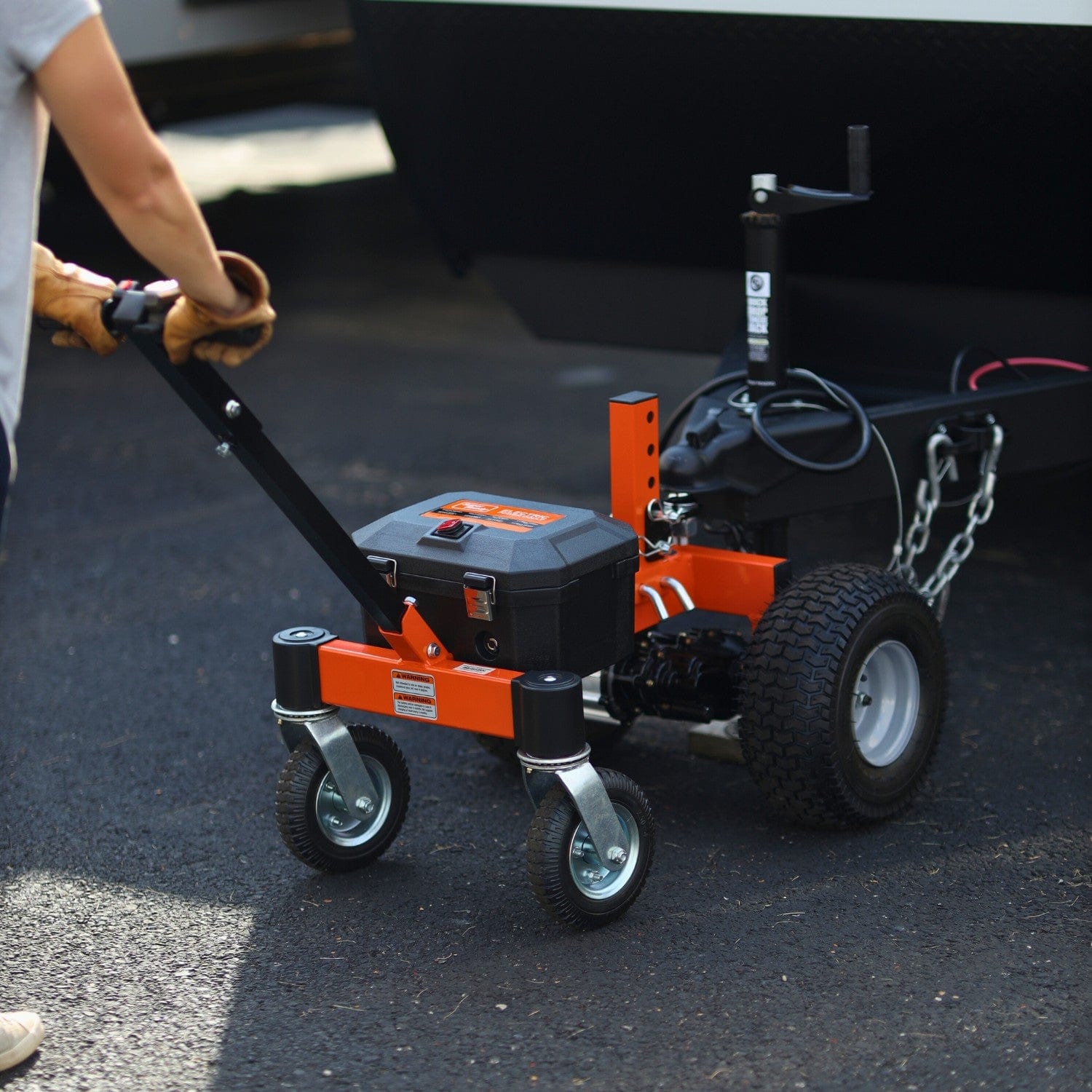
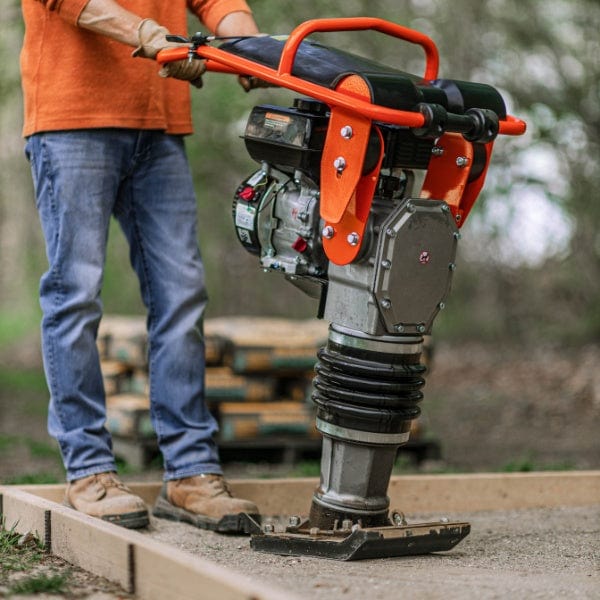
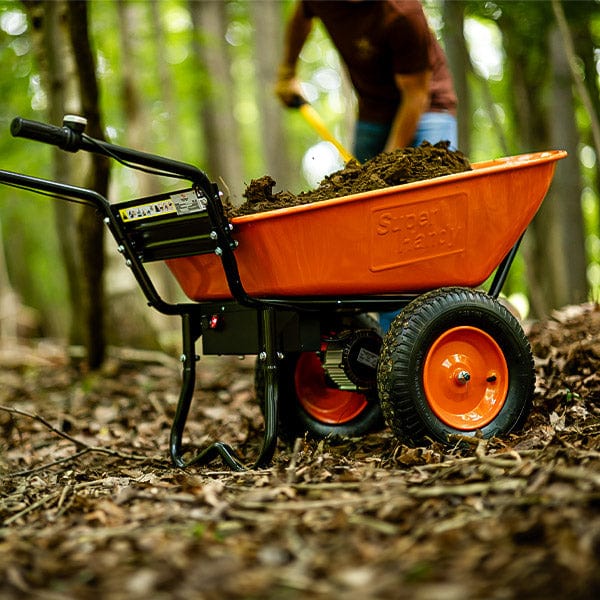
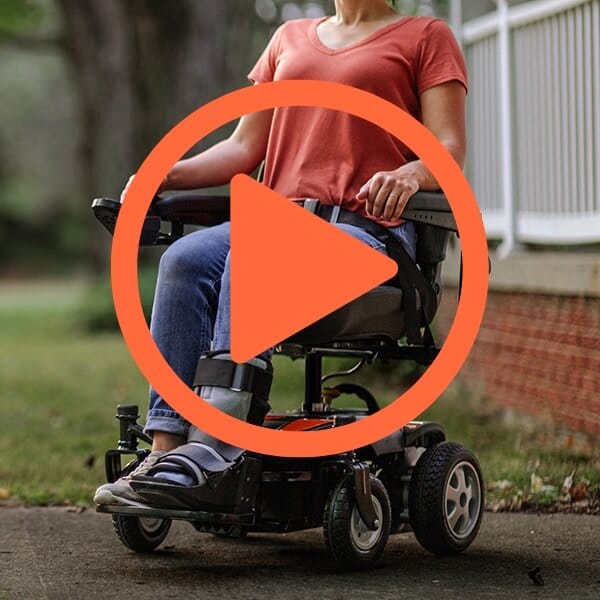

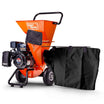
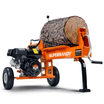

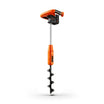
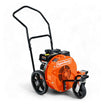



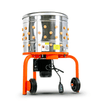
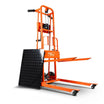

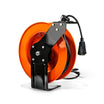

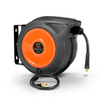


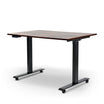


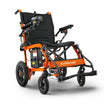


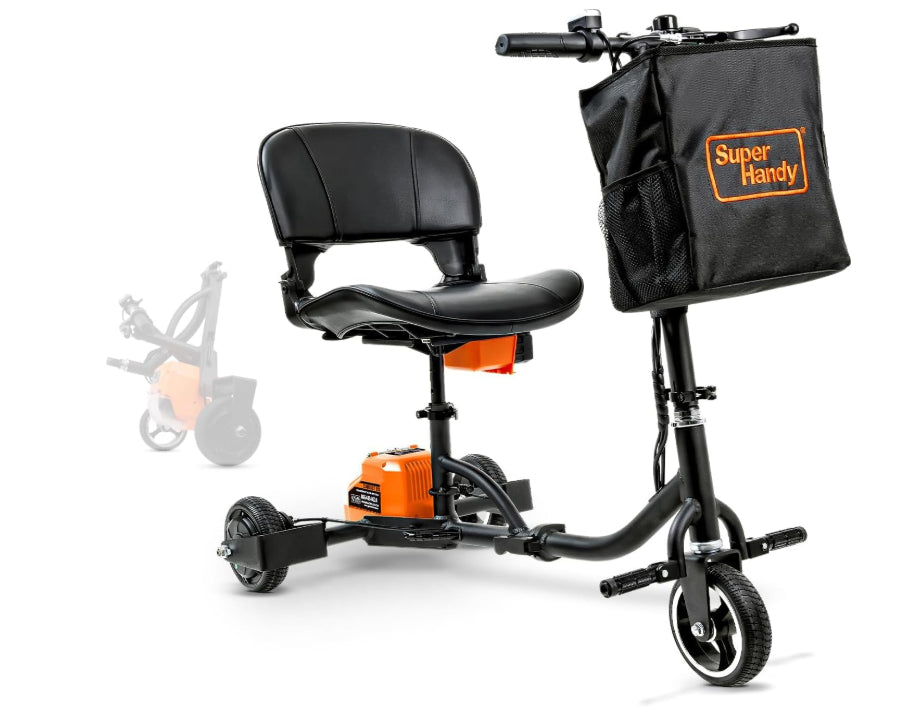
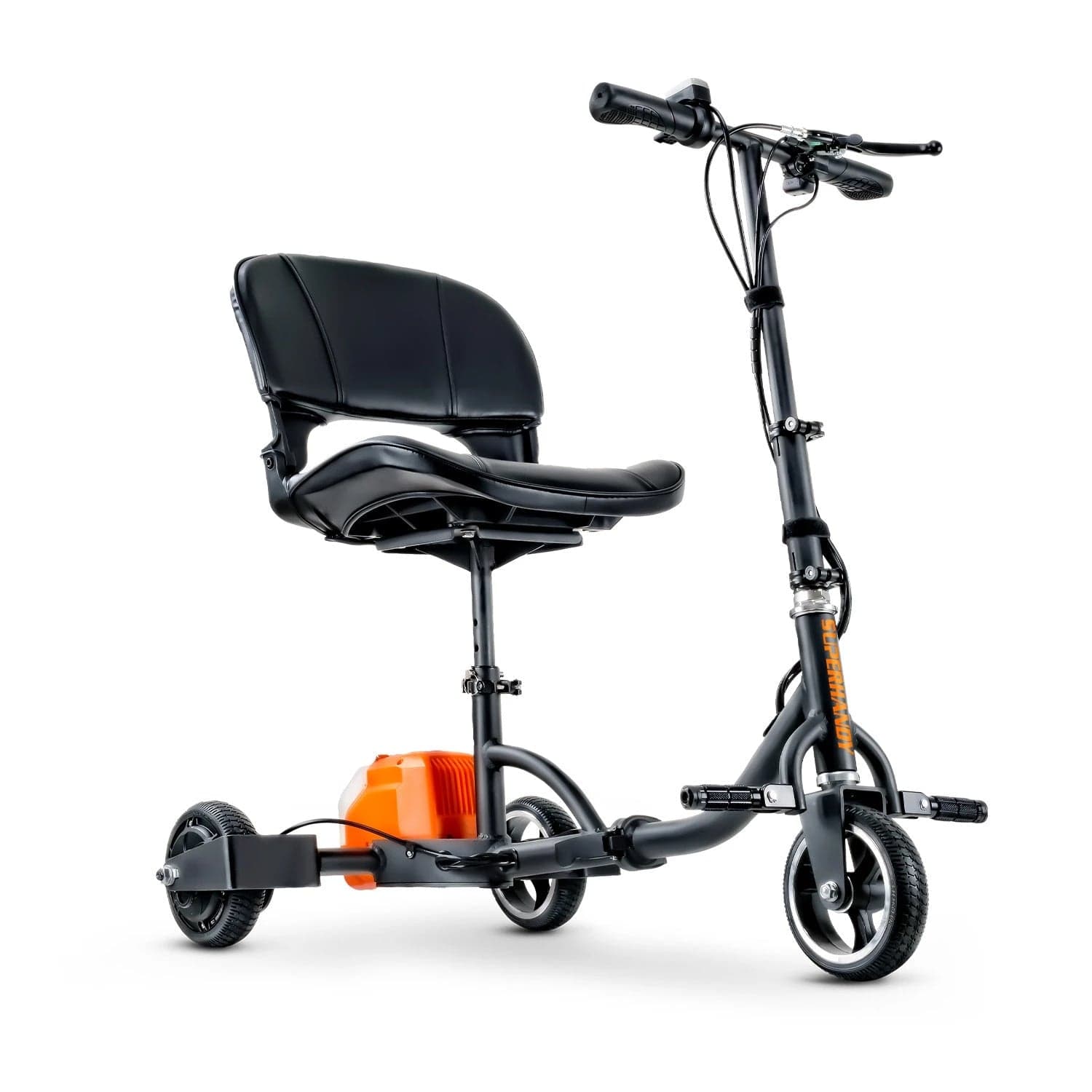
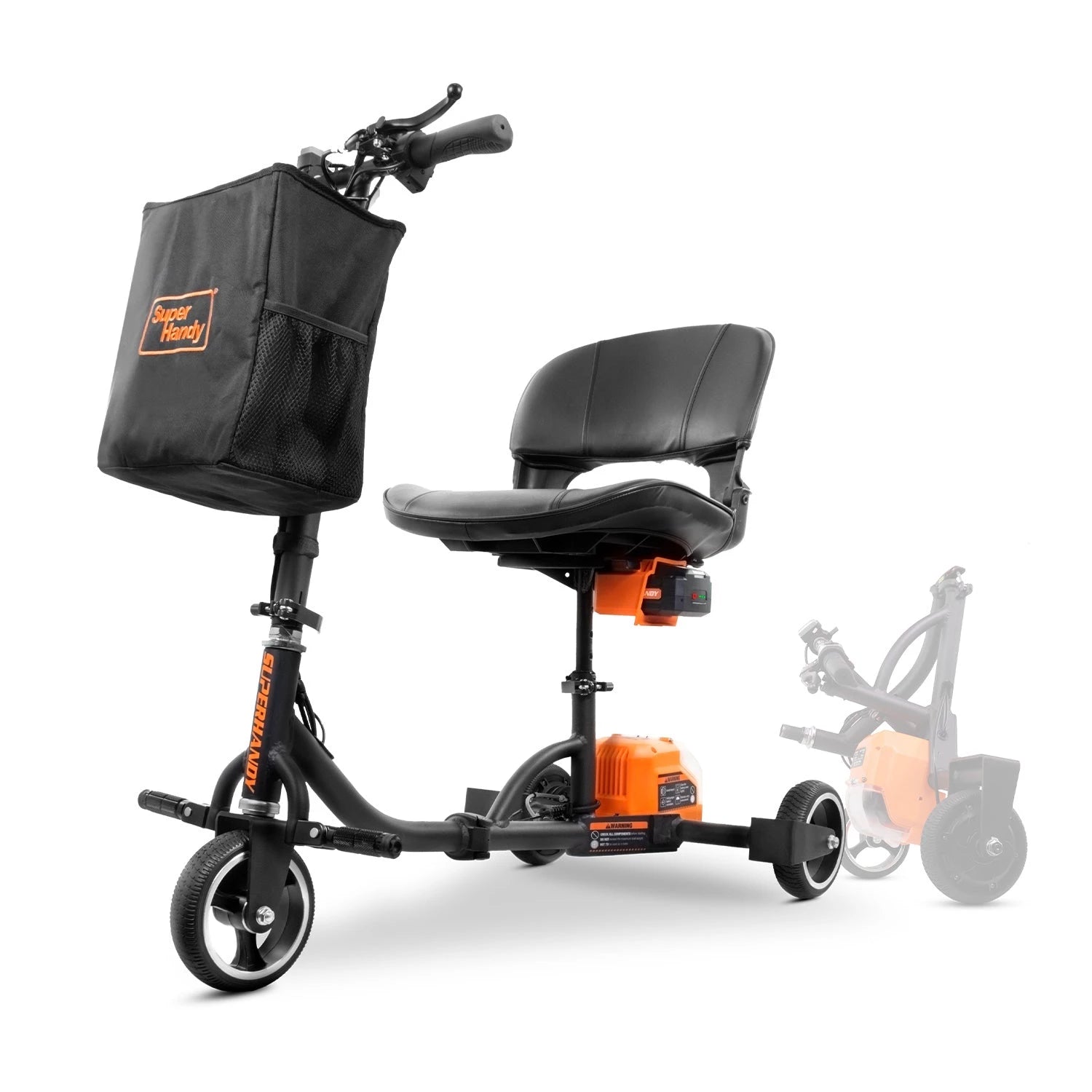
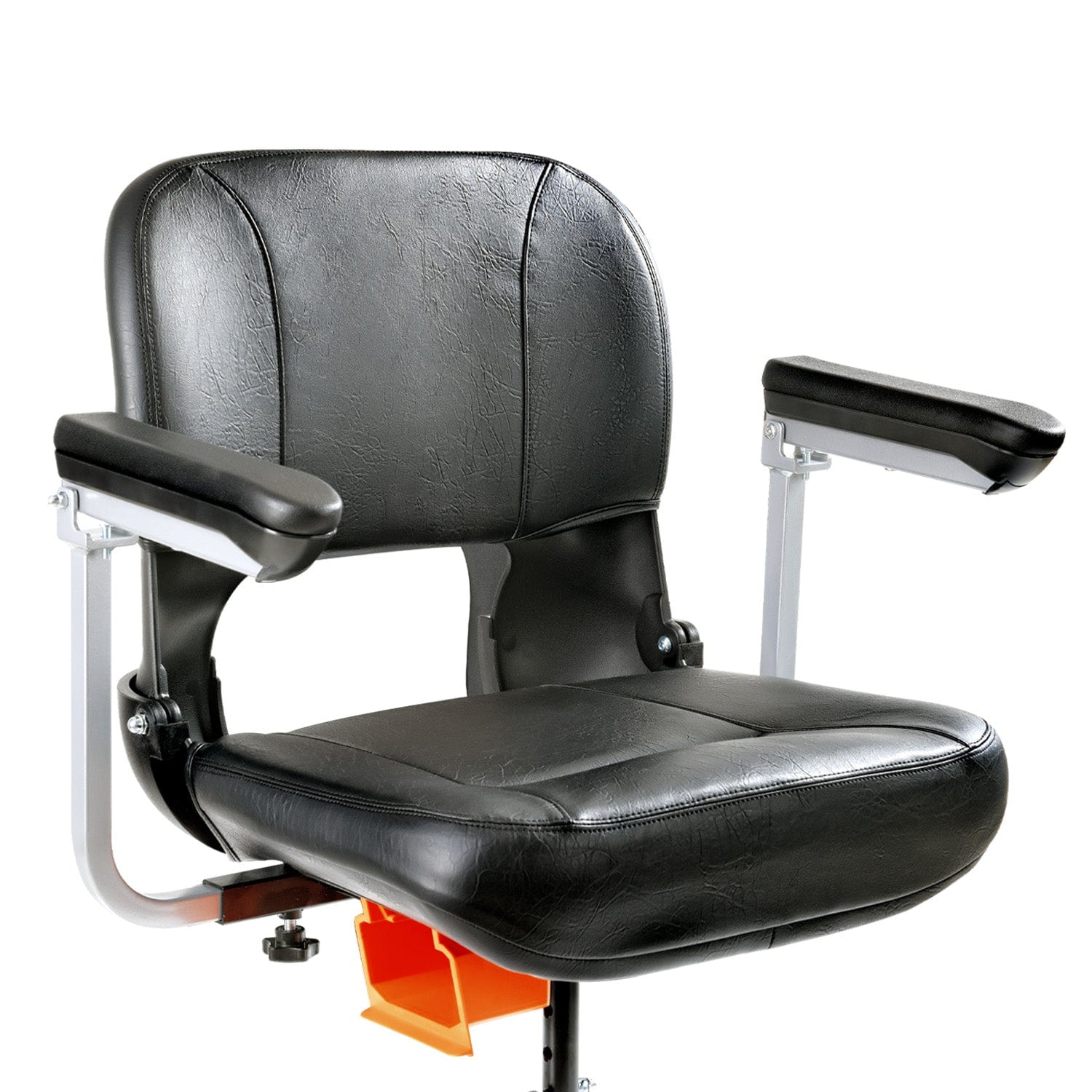

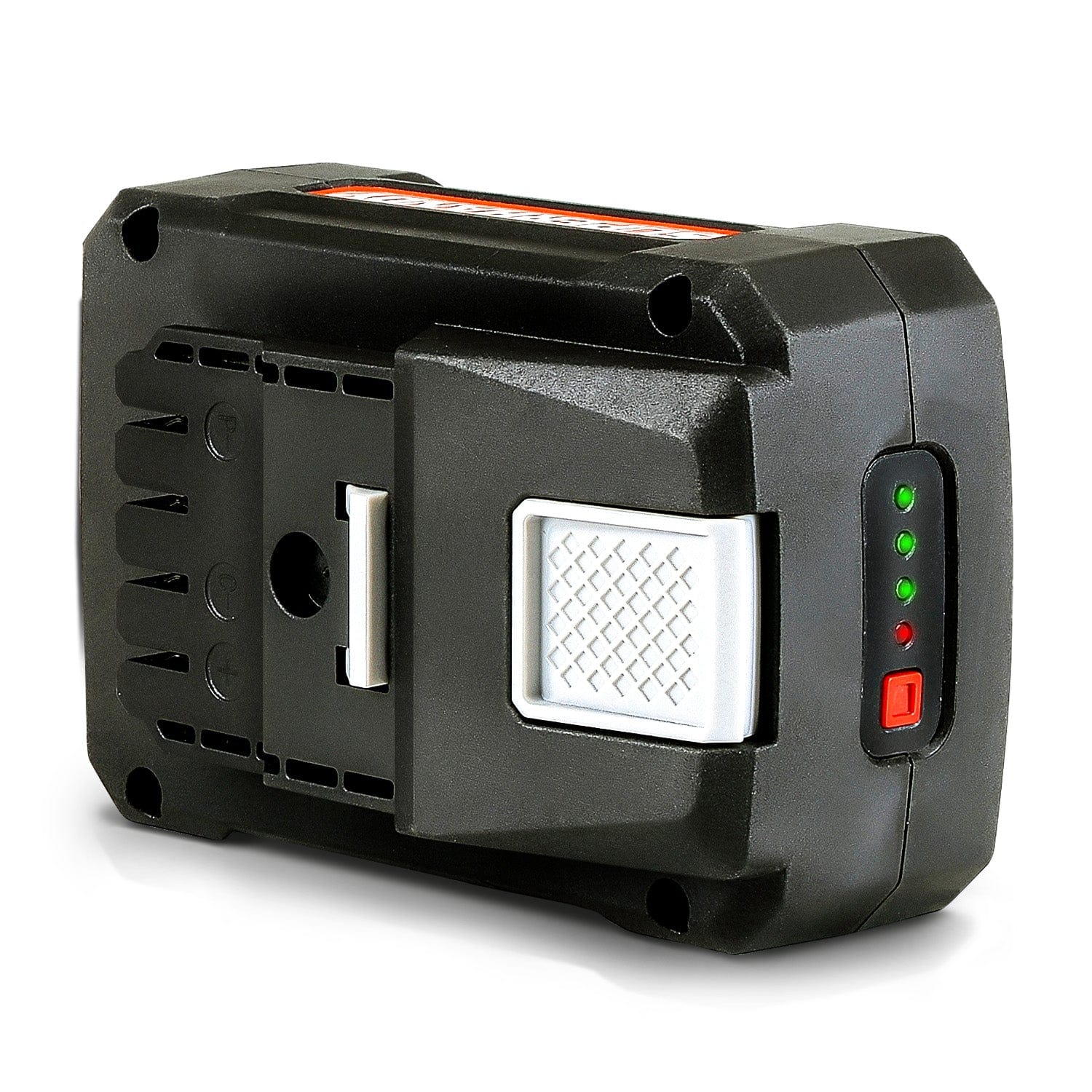
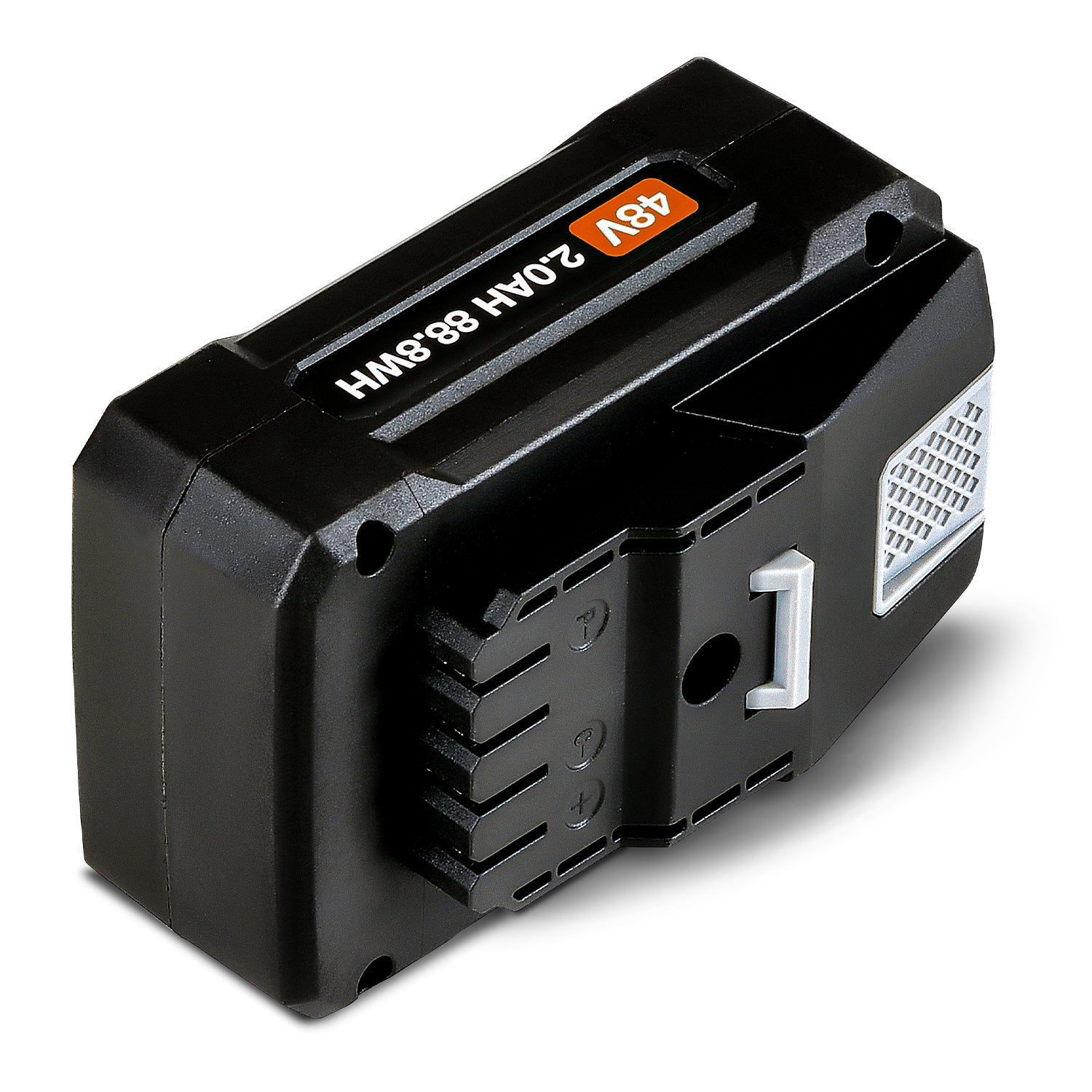
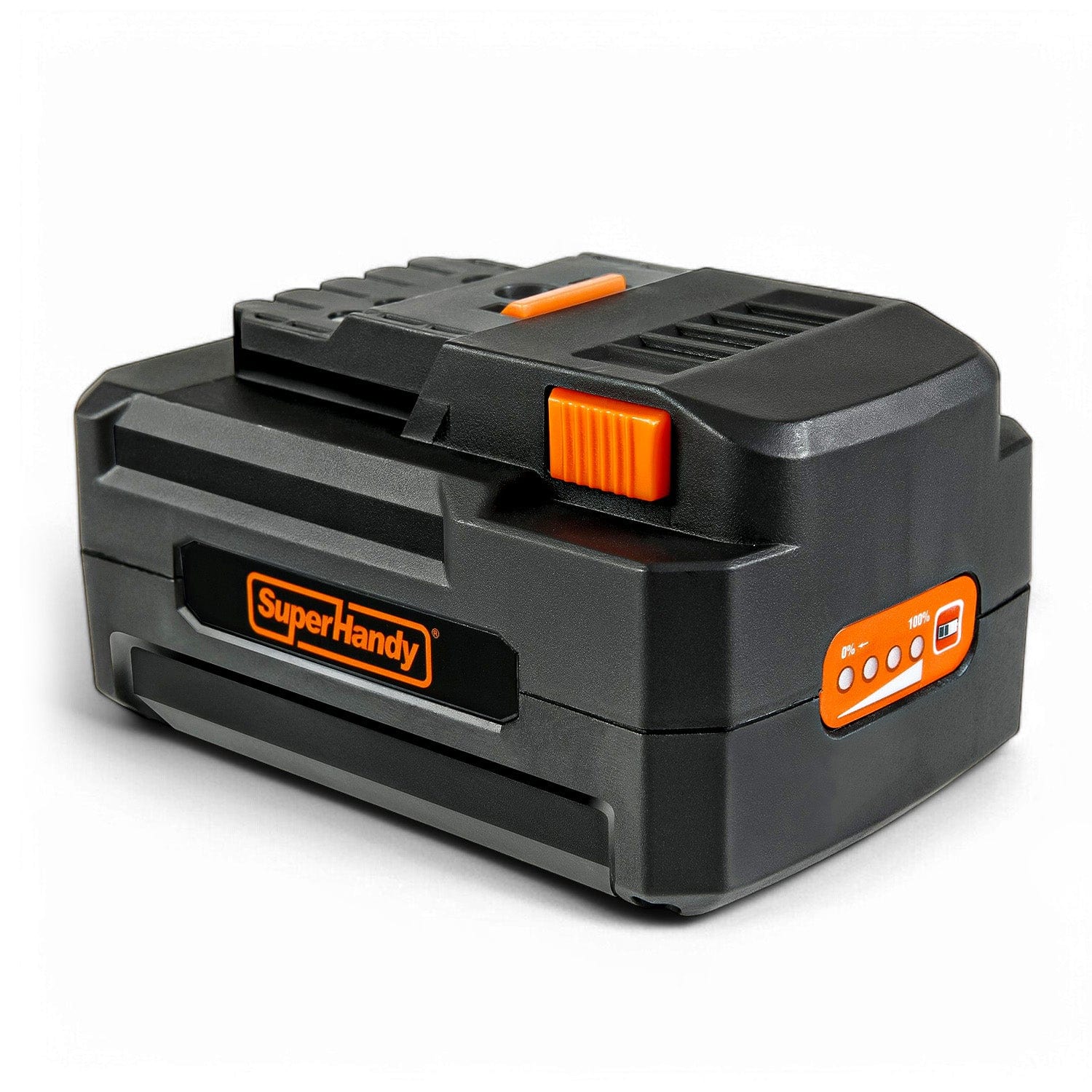

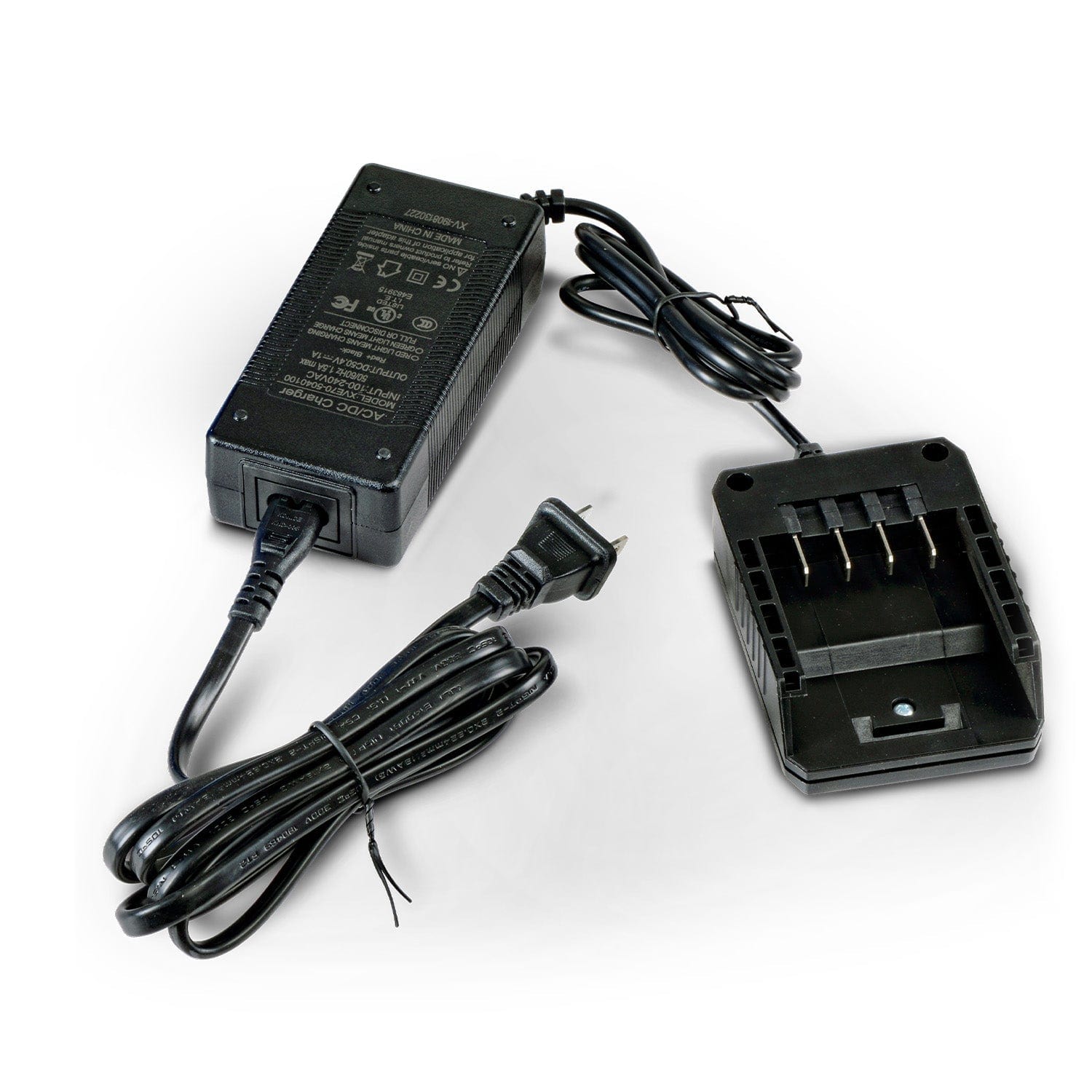
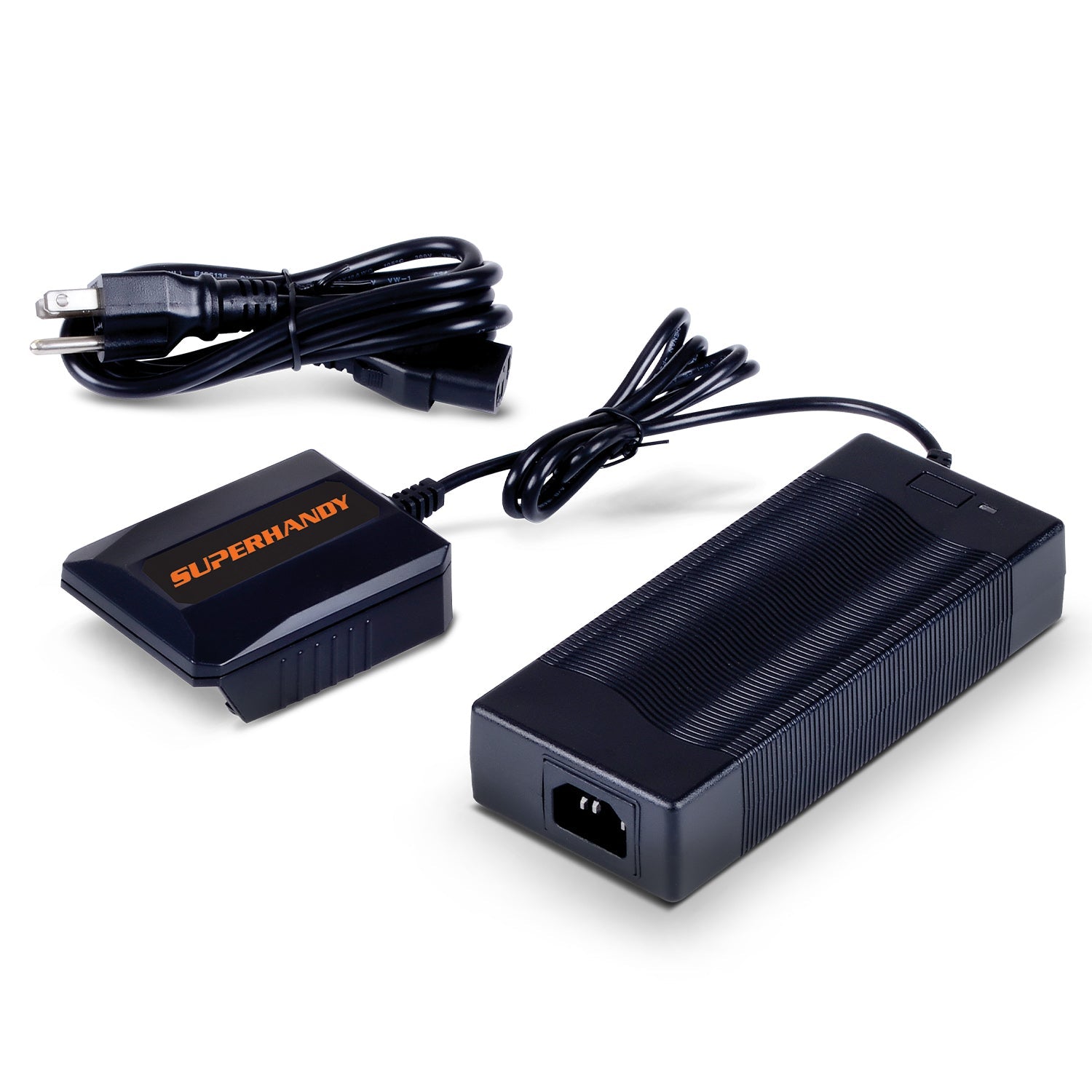

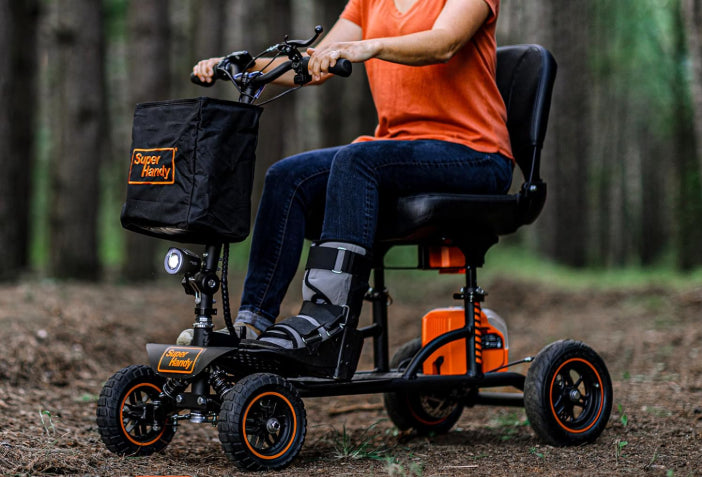
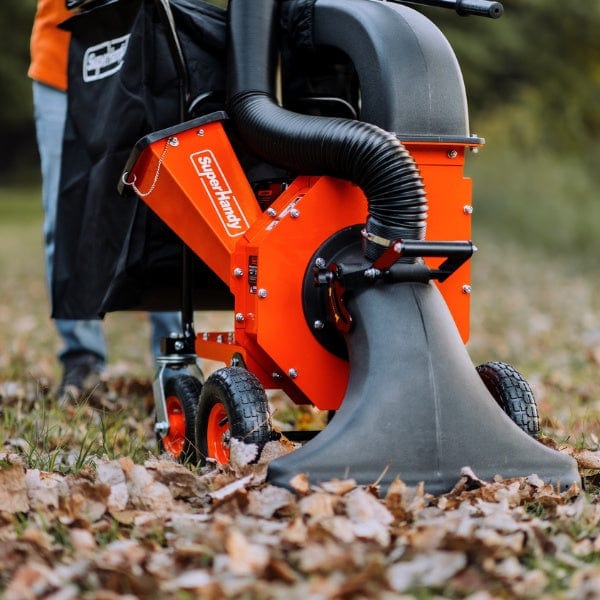
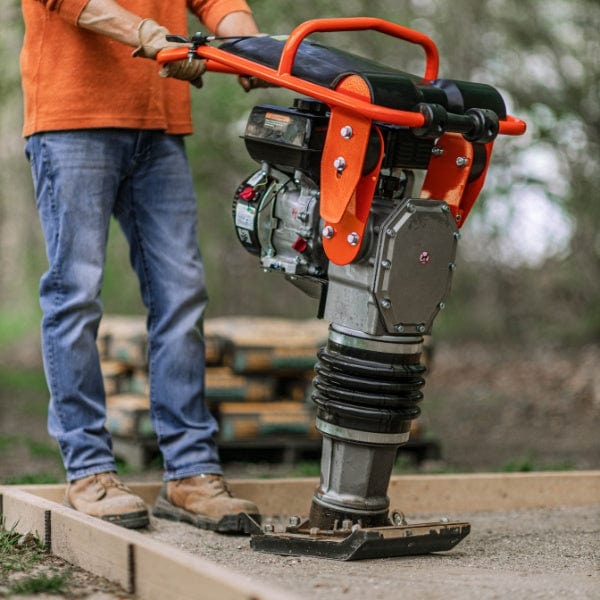
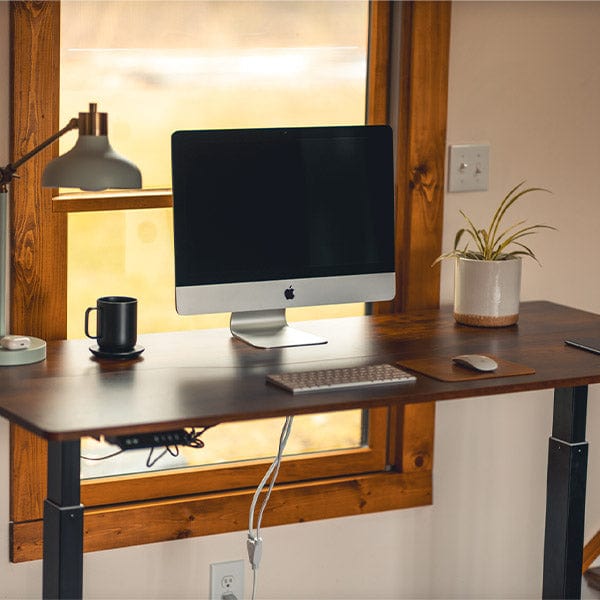
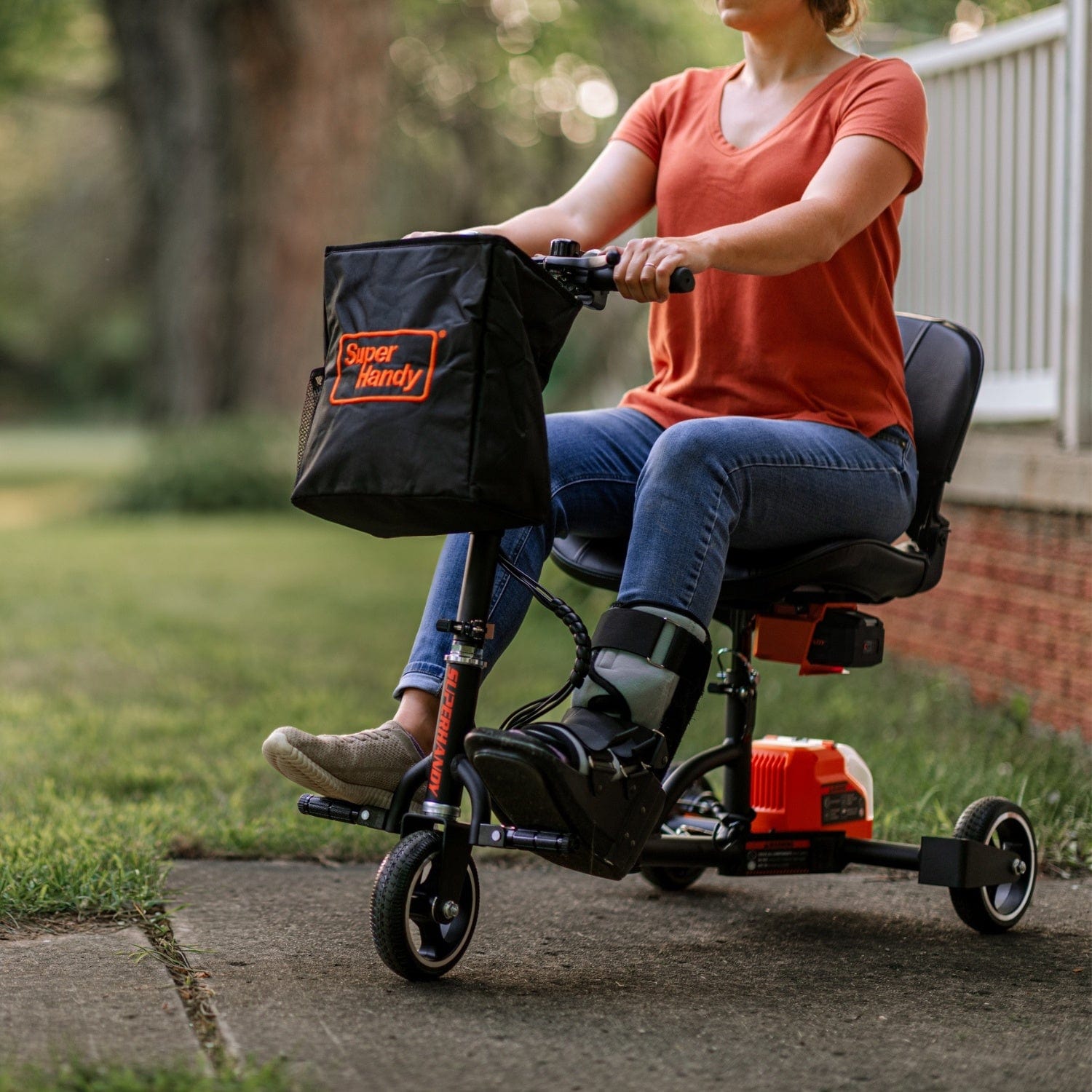
Leave a comment
All comments are moderated before being published.
This site is protected by hCaptcha and the hCaptcha Privacy Policy and Terms of Service apply.